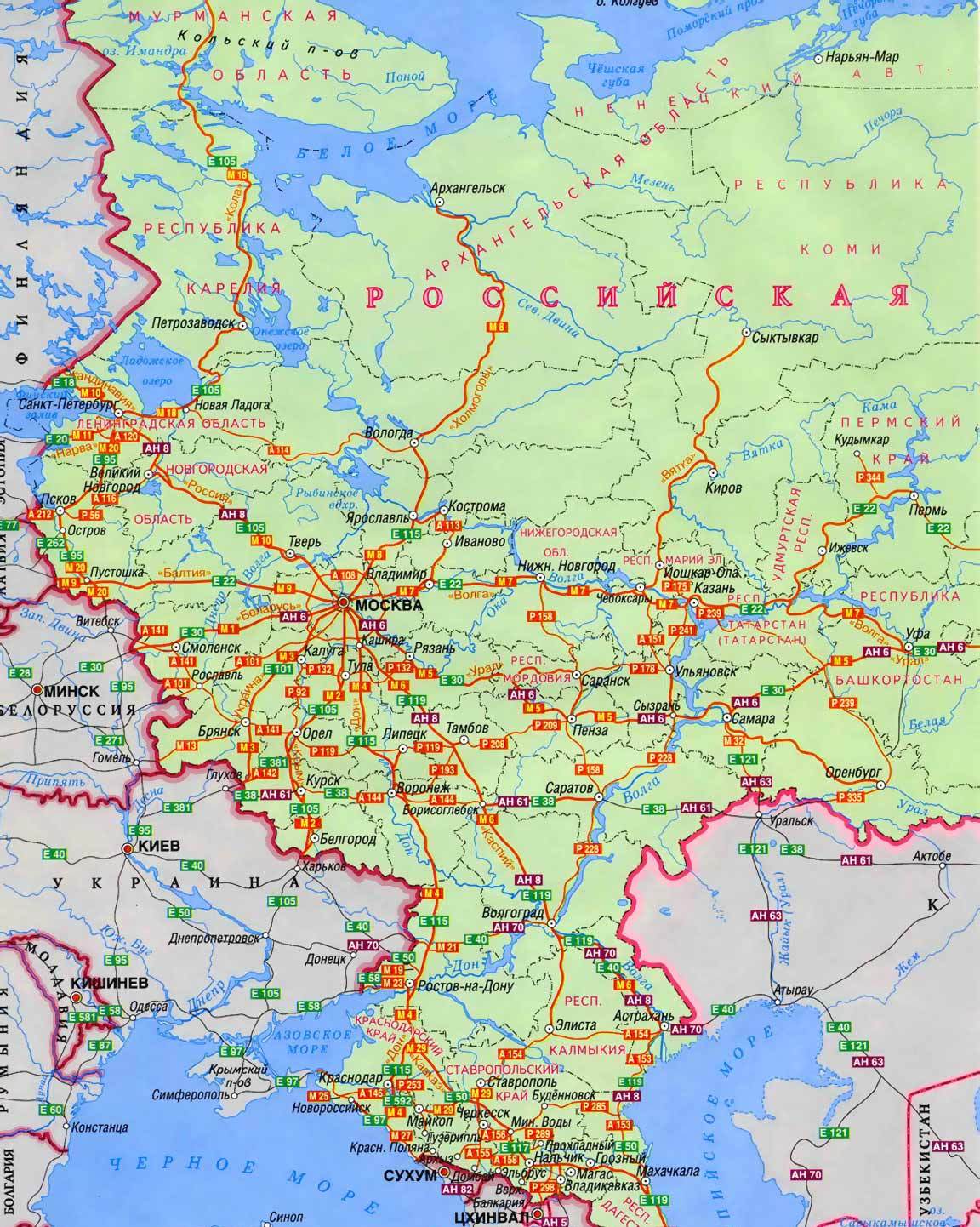Karta Rossii Dorogi Onlajn

To browse the site, you are agreeing to our use of cookies at balticmaps.eu Learn more. Karšu izdevniecība Jāņa sēta Baltic Maps Latvijas karte.
Russian Railways transports passengers on domestic services and direct and transit routes to Europe and Asia: Austria, Germany, France, Poland, the Czech Republic, Italy, Finland, China, Mongolia, the CIS and the Baltic countries. The RZD Holding provides the following services in the field of freight transportation: transport-logistics and terminal-warehouse services, the provision of rolling stock and sea and stevedore transportation etc. More details about the work of the Company's cargo complex can be found The RZD Holding brings together advanced competence and the latest technology in the field of engineering under a single brand. The Company implements large-scale infrastructure projects both in Russia. The RZD Holding runs a large business with • 85,000 kilometres of railway lines; • over 750,000 highly qualified staff; • more than 1 billion people and over 1.2 billion tons of freight transported annually; • a contribution of about 1.5% to Russia's annual GDP; • a presence in over 40 countries.
The old RZD logo After the collapse of the Soviet Union in 1991, the Russian Federation inherited 17 of the 32 regions of the former (SZD). By 1998, total freight traffic was half the 1991 figure. Government investment in the railway system was greatly curtailed, and passenger fares were no longer subsidized.

Though increasingly inefficient, the Russian railway system avoided major reform into the 1990s. A Structural Reform Program, focused on restructuring the railway sector within 10 years, was ultimately approved in 2001. In 2003, the Federal Law on Railway Transport divided the Ministry of Railways into the Federal Railway Transport Agency (FRTA) and Russian Railways (RZD). The reform also required RZD to provide access to railway infrastructure to other carriers and operators. Installing non mortise hinge hardware. As the law requires carriers to provide service to customers anywhere in Russia, RZD retained its dominant position.
Later in 2003, the Decree No. 585 established RZD as a joint stock company, making it a holding in charge of 63 subsidiaries, including, RailTranAuto, Rail Passenger Directorate, Russian Troika, TransGroup, and Refservis. RZD acquired 987 companies (95% in asset value) out of the 2046 that had formed the MR system. ![]() Gennady Fadeyev, the Railways Minister, became the company's first president. The reform saw the creation of a new market segment following the privatization of the network's rolling stock.
Gennady Fadeyev, the Railways Minister, became the company's first president. The reform saw the creation of a new market segment following the privatization of the network's rolling stock.